It's been a whirlwind summer. Where'd it go, right. Thought I'd post a few updates, under various topics -
We had our turbine shut down for most of the summer, as has gotten to be our normal routine. I'm starting to rethink having it "parked" though. You'll soon see why. As they say ahead of the news most nights, "...we warn you some of the content may be graphic."
I started out needing to deal with some end-play in the bearings. To get at them, we have to remove the blades, but I thought it a good time to repair a few minor dings.
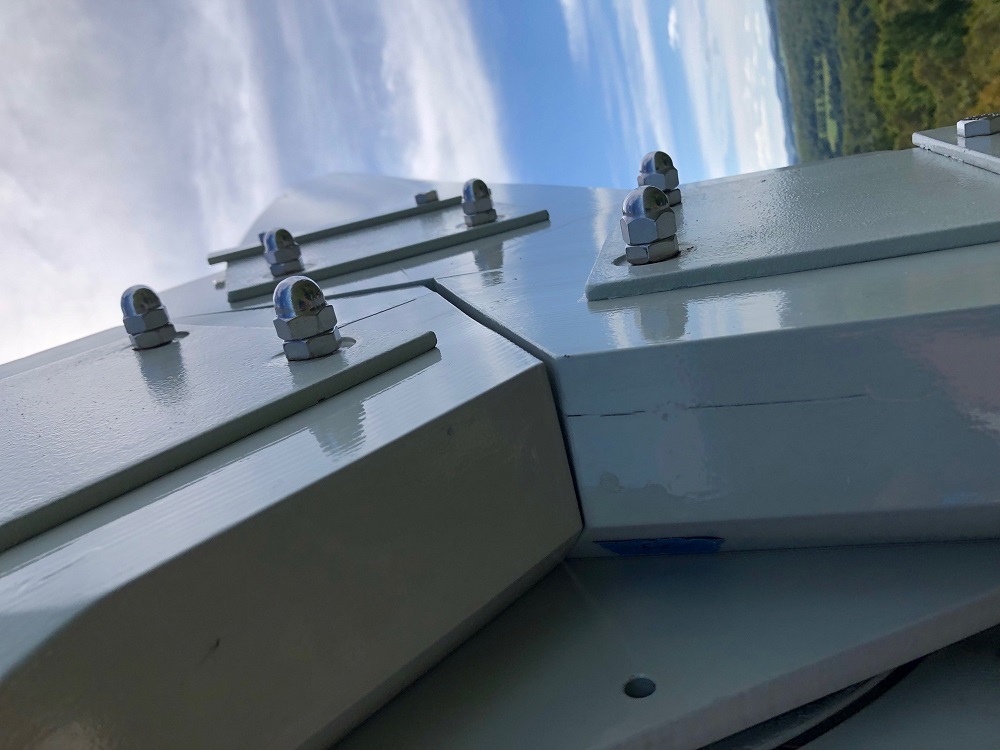

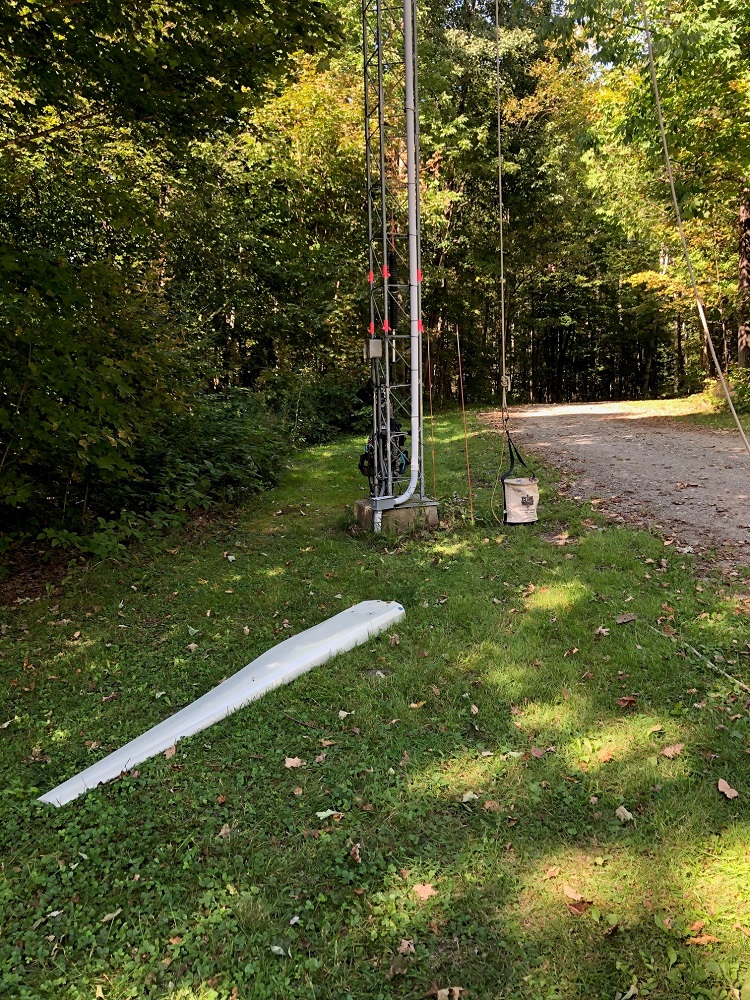
I snugged up the bearing to reduce/remove end-play, and dropped the blades. All good so far.
Noticed a bit of paint spawling on the route of one.
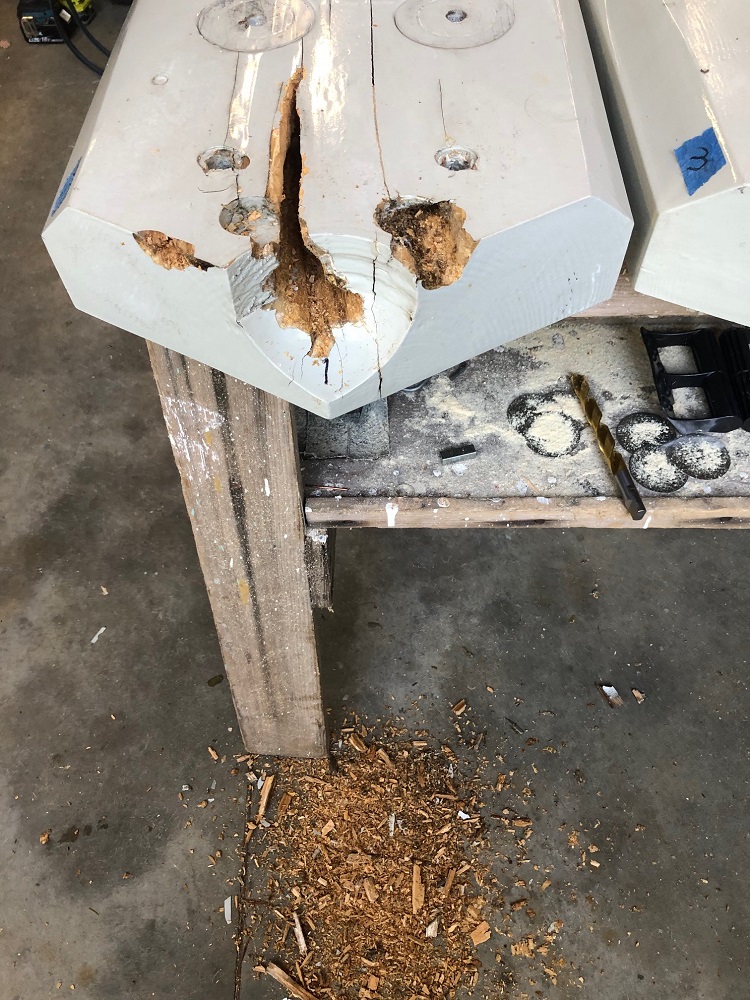
It was like pulling at a thread on your sweater...
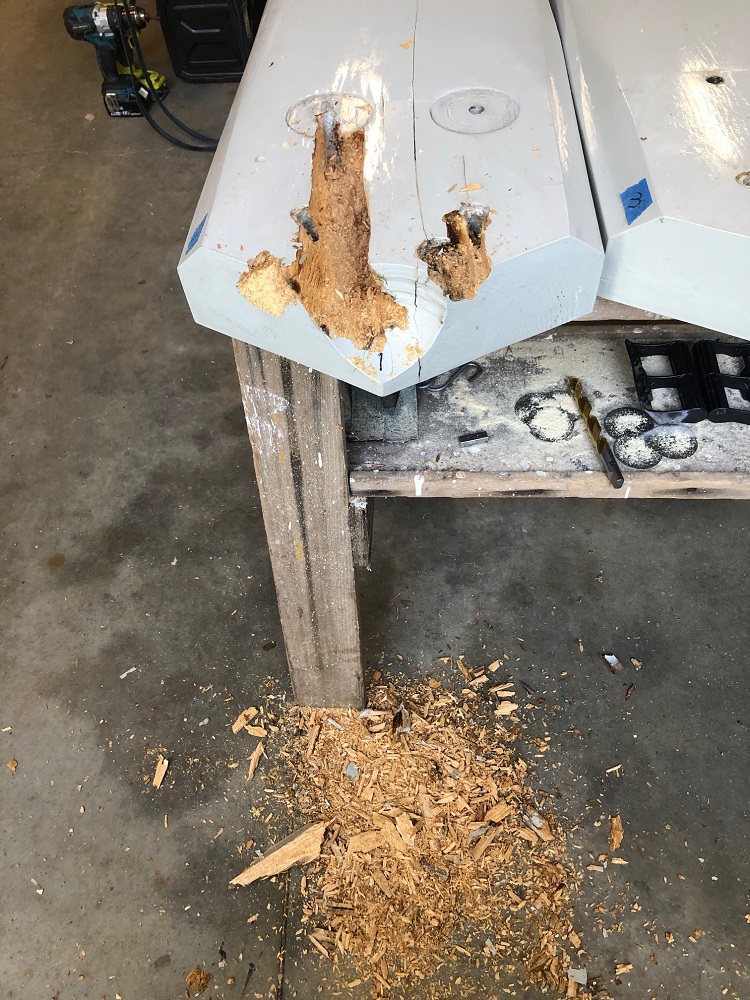
Soon I had a bit of a project...
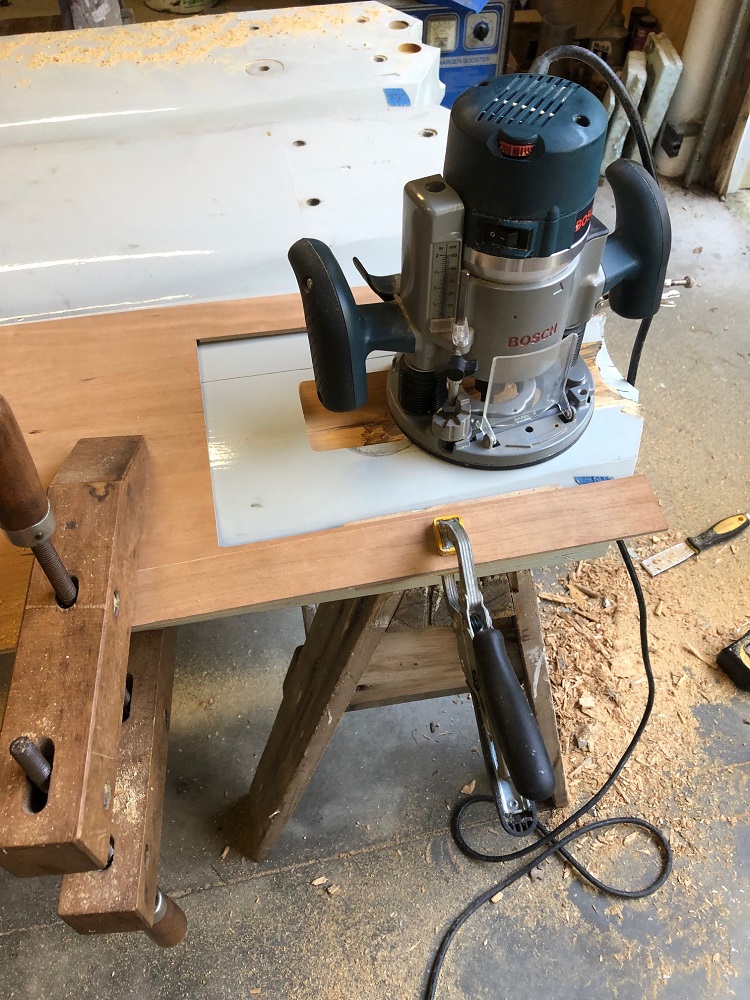

I'll come back to this one in a bit....